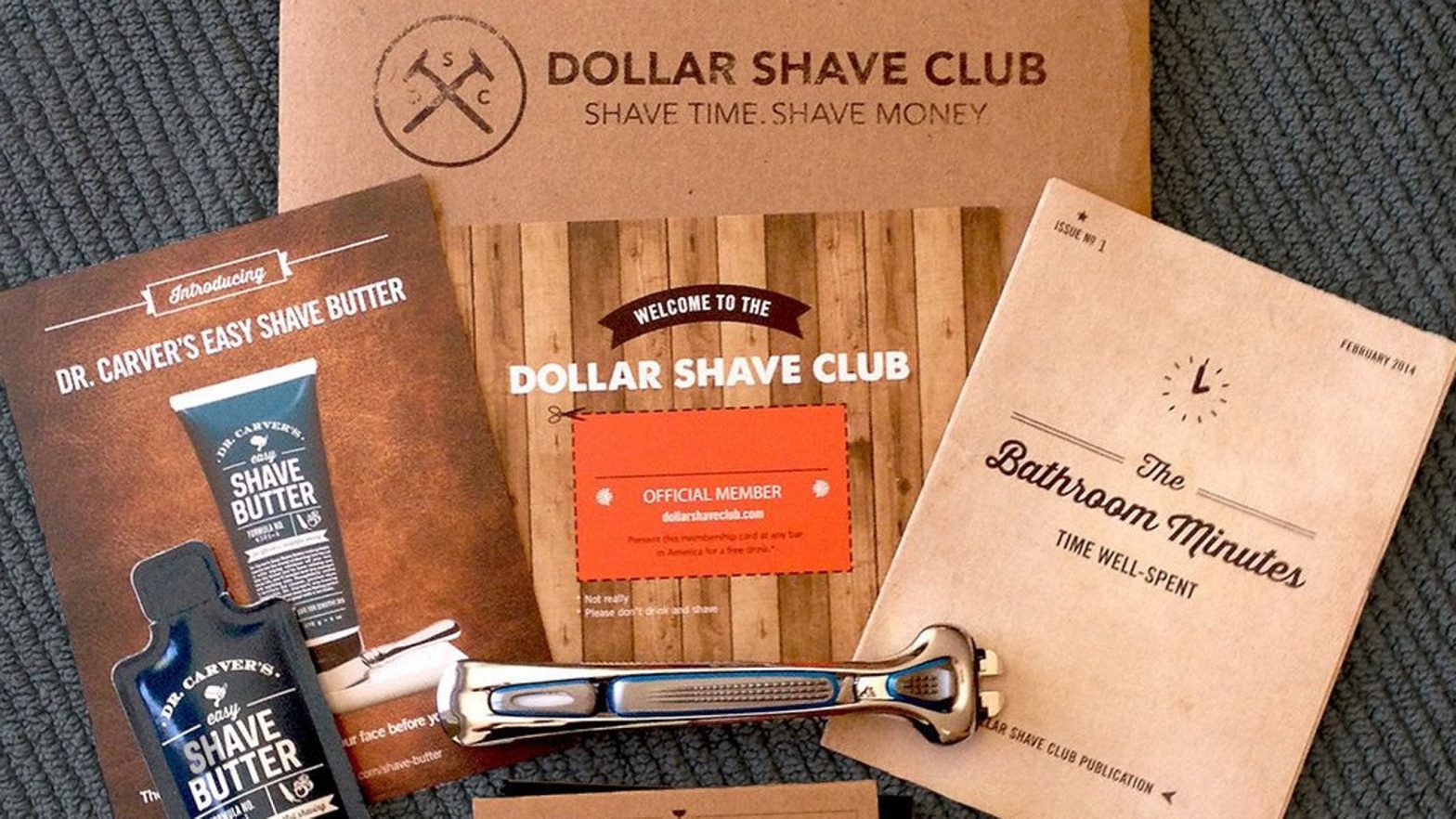WHY BY-PASSING RETAILERS AND GOING DIRECT-TO-CONSUMER IS BECOMING INCREASINGLY IMPORTANT FOR MANUFACTURERS
WHAT’S GOING ON
Brands are facing unprecedented competition from both branded and private label products. For example, in 1980, there were 6 brands of blue jeans in the U.S. and today there are over 800.
There is a shift away from major retailers to discounters who drive a strong private label strategy (e.g. K-Mart).
Shelf space is becoming even more precious, as many major big-box retailers migrate to smaller footprints in urban areas (e.g. Woolworths Metro) and are driving private label strategies (e.g. Woolworths own brand is the highest revenue FMCG brand in Australia).
While the Direct-to-Consumer (DTC) channel strategy is widely common among start-up brands who leverage e-commerce platforms due to their low barriers to entry, there are many examples of major brands who have cut out the middleman by leveraging their market power and superior customer insight. For example;
- Nescafe: pulled off a double coup with the Nespresso brand by re-positioning itself as a premium brand and creating an exclusive DTC physical store and online presence. In so doing, Nespresso took control of their eco-system from sourcing of beans, to production and sale of the packaged product plus partnerships with manufacturers of patented extraction and brewing units.
- Dollar Shave Club: an online subscription service where members receive shaving blades in the mail monthly. Started in 2012, grew to 3m subscribers and bought by Unilever for $US1b in 2016. Gillette established a competitor club in response to the risk of impact to their market share.
- Procter & Gamble are trying to move into this space with their “Tide” brand: The Tide Wash Club (trialled in Atlanta) gives users free shipping for packets of Tide Pods which are sent to their door on a subscription basis. Tide Spin (being trialled in Chicago) offers customers a smartphone app to order laundry pickup and delivery from Tide-branded services.
- Nike is focusing on its DTC channel with plans to grow this part of its business by 250% in the next 5 years. In the company’s forecast, its DTC sales will reach $16 billion by 2020—a massive increase from the $6.6 billion this channel generated in 2015.
GROWTH MANTRA’S PREDICTION
- As superior customer experiences are becoming a significant advantage for a business, we expect to see more brands moving towards DTC models to remove the risk of unsatisfactory customer experiences that sometimes result with the traditional retail middleman.
- We think future opportunities for DTC disruption will include:
- Digitisation and shifting of products to a subscription service instead of pay per use (think Netflix, Spotify)
- Any product or service that is frequently bought on a regular basis, think nappies, pet food, shavers. The biggest growth areas of delivery in Australia are pet food and wines. They’re bulky, heavy and often repeat purchases.
- In an age of big data, for many brands, the most compelling reason to sell directly to consumers will be the potential to collect massive amounts of customer data to help forge more personalised and engaging relationships with them. We therefore expect to see more manufacturers developing and investing in more digital tools and platforms over the next decade.

